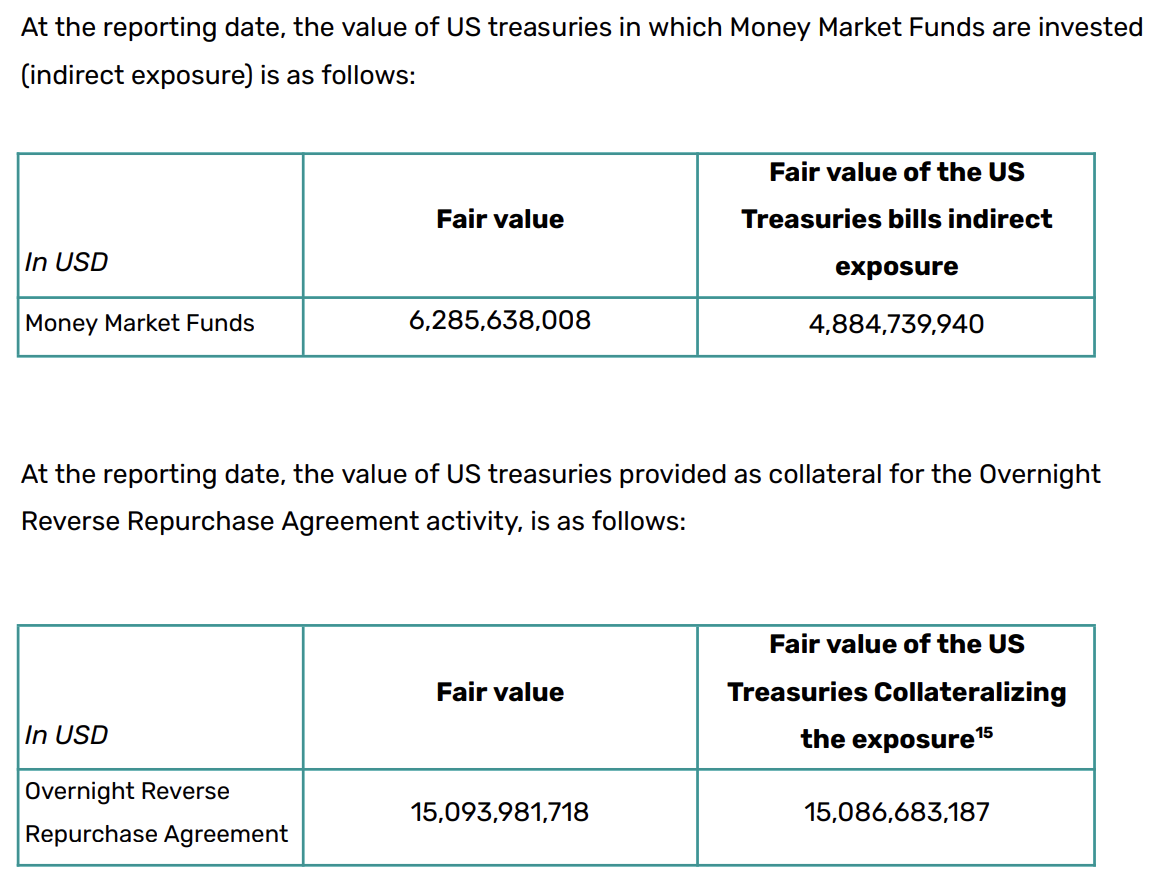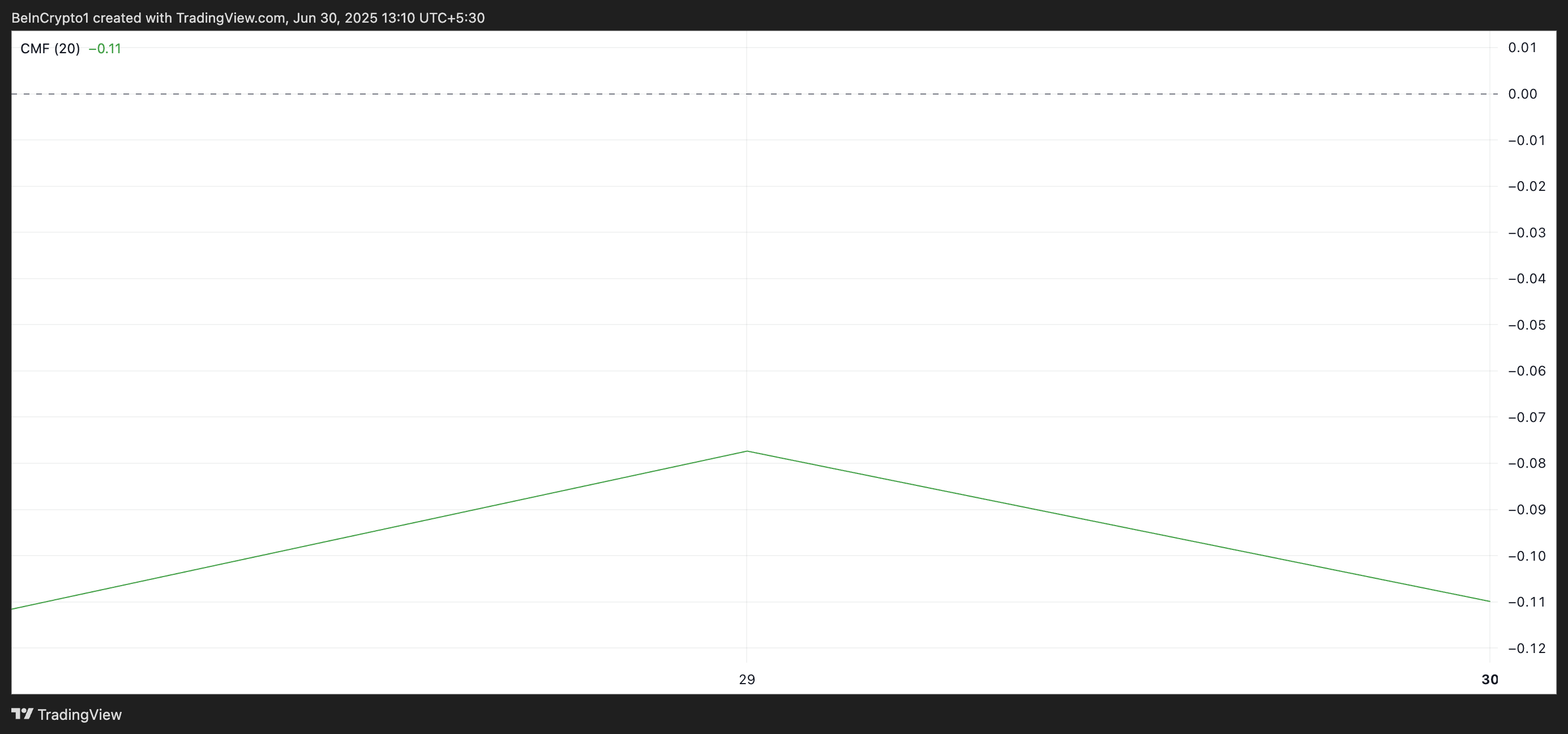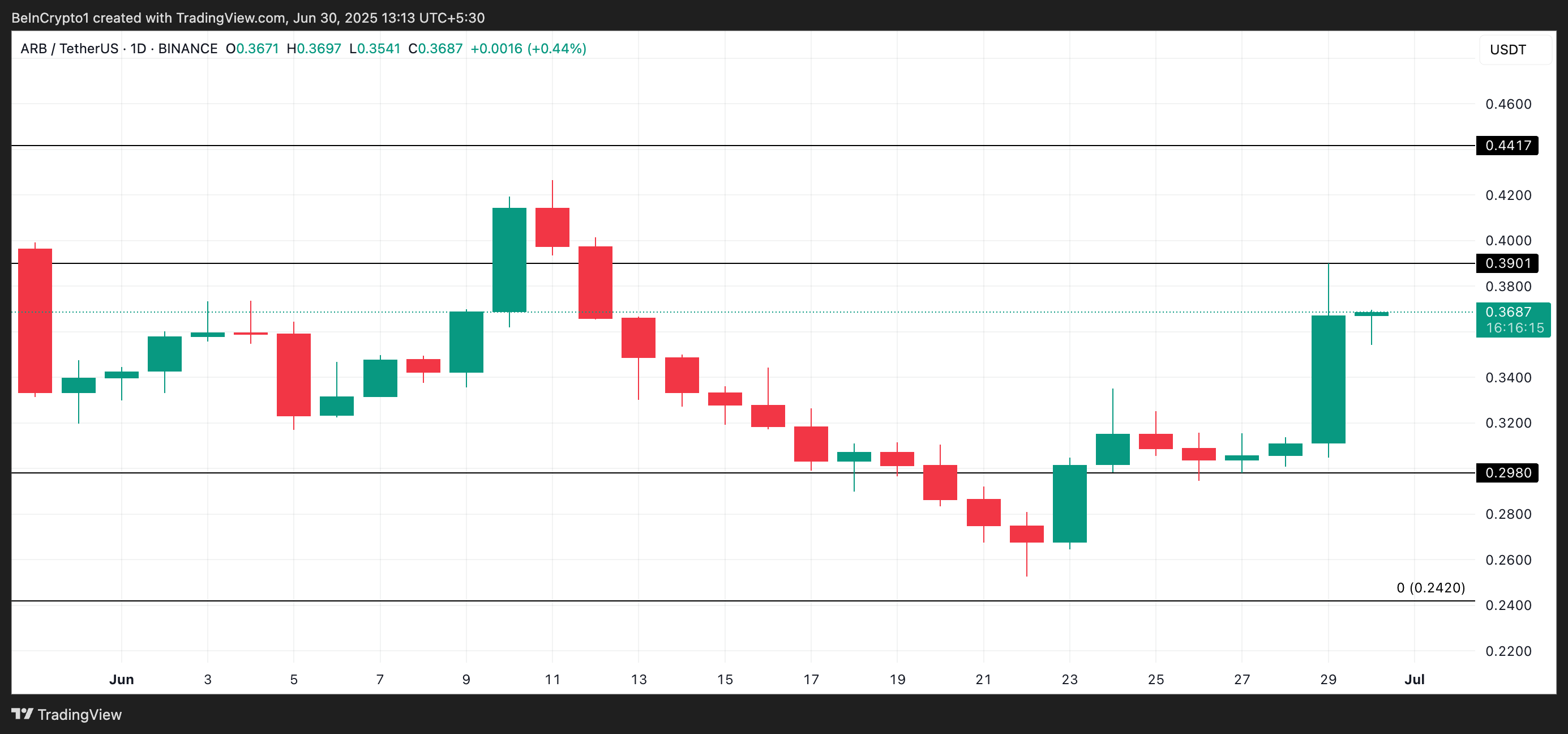Rice Robotics, a firm specializing in AI-powered robots, is partnering with Floki. The company will launch a Floki-themed robot and its own RICE token, which will be airdropped to FLOKI holders.
The minibot will be an AI-powered task assistant that can offer several services to users. Users will receive RICE tokens for interacting with the minibots, as human data can help train the firm’s AI models.
First-Ever Meme Coin-Inspired Robot?
Meme coins are not often associated with cutting-edge AI and robotics development. However, Floki has been driving creative Web3 initiatives for some time now, with several utility-driven projects. The project is also trying to launch an ETP in Europe.
Today, Floki broke new ground with its Rice Robotics partnership, possibly becoming the first major business relationship between these two spheres:
Rice Robotics is the parent company that produces the robots, but Rice AI focuses on the software and DePin protocol that powers these machines.
The firm will launch its RICE token through TokenFi, a tokenization platform part of the Floki ecosystem.
Initially, waitlist users and FLOKI holders will receive the RICE tokens in the ensuing airdrop. After this, the main way to farm new tokens will be through interacting with physical robots.
Essentially, the FLOKI M1 minibots can help users with tasks in the house, and they will receive RICE tokens for interactions. In other words, the Floki-themed robots will record human data to train AI protocols.
Users will be financially rewarded for using their robotic assistants, which have several practical uses. The program may extend to other minibots in the future.

The FLOKI M1 minibot is a very ambitious project, and Rice Robotics already has a waitlist open. In the past, it has worked with high-profile clients such as Nvidia (which has an interest in robotics), Softbank, Dubai Future Foundation, and 7-Eleven. The minibot itself will be powered by Nvidia’s nano-computer.
The firm raised $7 million in Series A funding earlier this year and counts SoftBank as a major AI customer. One of its key investors is e-commerce giant Alibaba.
It will be very interesting to see whether Floki and Rice Robotics have a successful partnership. This endeavor is truly unlike anything that the crypto industry has seen before.
Robotics and meme coins don’t have much in common on the surface, but they could combine popular appeal with real usefulness.
The post Rice Robotics Is Launching a FLOKI-themed AI Robot and RICE Token Airdrop appeared first on BeInCrypto.









 SCOOP: The
SCOOP: The